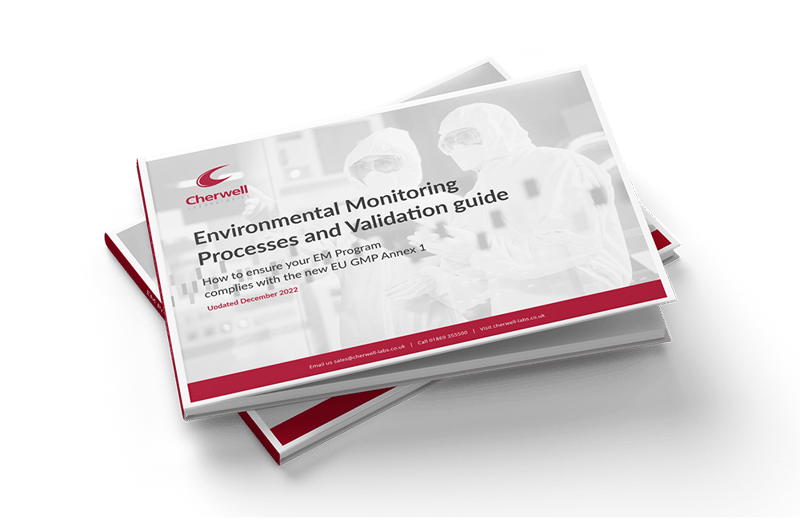Cherwell’s Microbiology Product Specialist, Yoggya De Silva, has been featured in the Winter 2024 edition of Innovations in Pharmaceutical Technology (IPT). Her article, titled Rapid Microbiological Monitoring: Transforming Environmental Monitoring in Pharmaceutical Manufacturing, explores the significant advancements and benefits of rapid microbiological monitoring (RMM) methods.
In particular, it highlights the role of biofluorescent particle (BFP) counters, such as BAMS, in maintaining sterile manufacturing environments.
Environmental monitoring (EM) is a critical component of pharmaceutical manufacturing, ensuring that production environments remain free from microbial contamination. Traditional culture-based EM methods, while reliable, require lengthy incubation periods before results are available. This delay can prevent manufacturers from taking immediate corrective actions, potentially increasing the risk of contamination events that could compromise product quality and patient safety.
In her article, Yoggya discusses how RMM methods, including biofluorescent particle counters, are revolutionizing pharmaceutical manufacturing by providing real-time contamination detection. These advanced technologies allow for continuous and non-disruptive monitoring, significantly reducing the time required to identify microbial risks. As a result, manufacturers can act more swiftly, mitigating potential issues before they escalate and reducing both downtime and financial losses.
Key highlights from the article include:
- Limitations of Traditional Methods: Conventional culture-based EM techniques involve long incubation periods, delaying necessary corrective actions.
- Advantages of Rapid Microbiological Monitoring (RMM):
- Real-time detection: Enables faster responses, reducing downtime and potential financial losses.
- Improved sensitivity and specificity: Differentiates biological particles from inert particles more effectively.
- Continuous, non-disruptive monitoring: Enhances contamination control without interfering with manufacturing processes.
- Integration with manufacturing systems: Leads to improved operational efficiency and cost savings.
By leveraging these innovative technologies, pharmaceutical manufacturers can significantly enhance their ability to maintain sterile environments, ensuring compliance with stringent regulatory requirements and protecting patient safety.
Yoggya De Silva’s insights in IPT underscore the transformative impact of RMM on pharmaceutical manufacturing, reinforcing its vital role in optimizing contamination control strategies.
To explore these advancements in greater detail, read the full article on IPT’s website.







